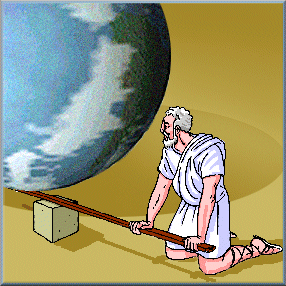Continue the series on Financial Independence
The first step is having a financial fuel gauge. A gauge to track the rate of income vs expenses and developing the discipline to monitor the ratio and avoid running out of fuel. The second step is building 1 year worth of free cash or high liquidity assets. The third step is strategic allocation of your cash flow to all your financial goals and purchase of appropriate type of asset to meet those goals based on the time frame. I believe this is the steady way of achieving financial independence. Nothing fancy. Mostly common sense, discipline, and time that focus on the foundational stuff.
In my path to financial independence, I also worked on a fourth goal. This is an optional and more advanced path. I assume everyone has 1 or 2 primary income sources, where I do an exchange of something I directly own (time, skill, talent, knowledge, access to network, etc) for money. The more things I have to exchange, in theory, should increase my value. Time is one, but it’s a common commodity, so not very valuable. Adding some knowledge such as a college degree, again, in theory, not given, will increase my value since I’m exchanging time and knowledge. The personal finance community often talks about investing in oneself and I’m a believer. The primary path to increasing one’s cash flow is to increase one’s value by investing in oneself and finding the right buyer that needs that service.
I’m not a fan of “side hustle” unless the goal of the side gig is to expand one’s primary value and/or switch the source of primary income. Same as investing in one’s existing customers, it’s usually easier to keep and grow one’s current skills and assets than to switch and develop something new.
The optional fourth path is using cash flow to acquire assets that can generate passive income. The key word is “passive”. Passive means there is a path where I spend near zero time on the project and asset and it continues to generate a profit. Example assets are stock dividends, bonds, REITs, and etc. The initial investment of time or money might be high, but after the decision is made, it should generate steady income when I sleep and give it zero attention.
Like all things, active and passive incomes is a constantly changing spectrum. It varies on the stage of progress or change as the value or personal interest changes over time. I advocate that one should always be crystal clear if the goal of an income stream is to be active and primary, or passive and secondary.
My passive income plan is based on real estate. Our investments here include rental properties, and REIT. We ensured our investments has a viable path to be wholly passive so we used property managers, realtors, and a team of contractors even when the cost ate into the profit and there is occasional loss. Our overarching 15 year strategy for rental properties was (1) generate a passive income stream, (2) accelerate the loan payoff, (3) after the property is free and clear, it pays for a significant portion of the kids’ college expenses, and (4) financially worry-free college experience.
I still remember the feeling of pride, when the 15 year plan finally reached fruition. As my son planned his college move-in supply, we paid off the first rental property mortgage balance. Along with our 529 savings, and increased cash flow, we are financially worry free about the cost of college. Allowing us to help him maximize his college experience and enabling him to invest in his primary value for his future livelihood of knowledge, skill, and network.
Ricky



















